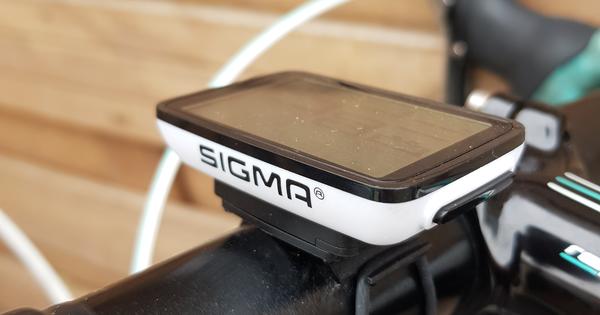Wearables are being equipped with more and more sensors to measure whether you move enough and to help you live a healthier life. Developments are going fast, which in 2018 was mainly driven by the Apple Watch 4. Asus is also trying to implement new technology with the VivoWatch: blood pressure measurement.
The raison d'être of smartwatches is not the apps, voice assistants or phone notifications. It's health. Your wearable as a sports coach or measurement of heart rate and sleep to help you live a healthier life is the most important function. Initially mainly driven by Fitbit, which was the first to build in continuous heart rate measurement. That provides data that is useful to you, unlike the other wearables that measure your heart rate every so often. Meanwhile, Fitbit seems to be struggling mainly with itself, because the company is keen on making a smartwatch successful and seems to put little priority in the fitness bracelets that have made the company big. The innovative baton in the field of health was taken over by Apple last year, which added the function to make heart films with the Apple Watch series 4. While it's silly that the feature isn't available outside of the US, there's no denying that the technology is an impressive step forward.
The Asus VivoWatch is equipped with a heart rate monitor on the bottom and a pressure-sensitive plate on the top.Blood pressure measurement
But not only Apple innovated in 2018 in the field of health measurement in wearables. Asus is also quietly working on innovation: blood pressure measurement. The Asus VivoWatch BP HC-A04 is one of the first wearables that enables blood pressure measurement. When the VivoWatch will be available and for what price is not yet known, but Asus made a copy available to experience how, and whether, blood pressure measurement with a device on your wrist works.
The Asus VivoWatch is a smartwatch, equipped with a heart rate monitor on the bottom and a pressure-sensitive plate on the top. Your heart rate is measured, as you are used to from other smartwatches, but also contributes to the blood pressure measurement. When you start this blood pressure measurement, you place your index finger on the pressure-sensitive plate and after about twenty seconds the measurement is done.... That may sound a bit too good to be true, and it is. Nine times out of ten, a measurement failed because the VivoWatch was unable to register the blood pressure consistently enough. Also, the measurement results for me were invariably much lower than it should be. That was not only the case with me, but also with colleagues the experience was similar.

app
In principle, the VivoWatch works without connecting it to an app on your smartphone. You can browse your stats, log activities, measure your sleep... and even read the time. When you connect the smartwatch to your smartphone, you get a clearer view of your statistics. However, the interface of both the watch and the app is not eye-catching and there is no advanced functionality (such as with apps).
The design of the VivoWatch is certainly not appealing to the eye, although more smartwatches suffer from this, the VivoWatch is certainly a device that you prefer to hide under your sleeve. Of course, Asus didn't have many design options, since a pressure plate had to be placed on the front.



Conceptual
Of course I could have made a review of the VivoWatch and written the device into the ground, but the VivoWatch is definitely not worth that. The device is perhaps still too conceptual for the consumer market, and that does not matter. It is commendable that Asus is taking the lead in enabling advanced health measurement via a wearable (as in this case blood pressure measurement). Ultimately, it is a development that benefits everyone. Asus still has a lot of work to do: the app, the design of the smartwatch and the operation of the blood pressure measurement itself.

